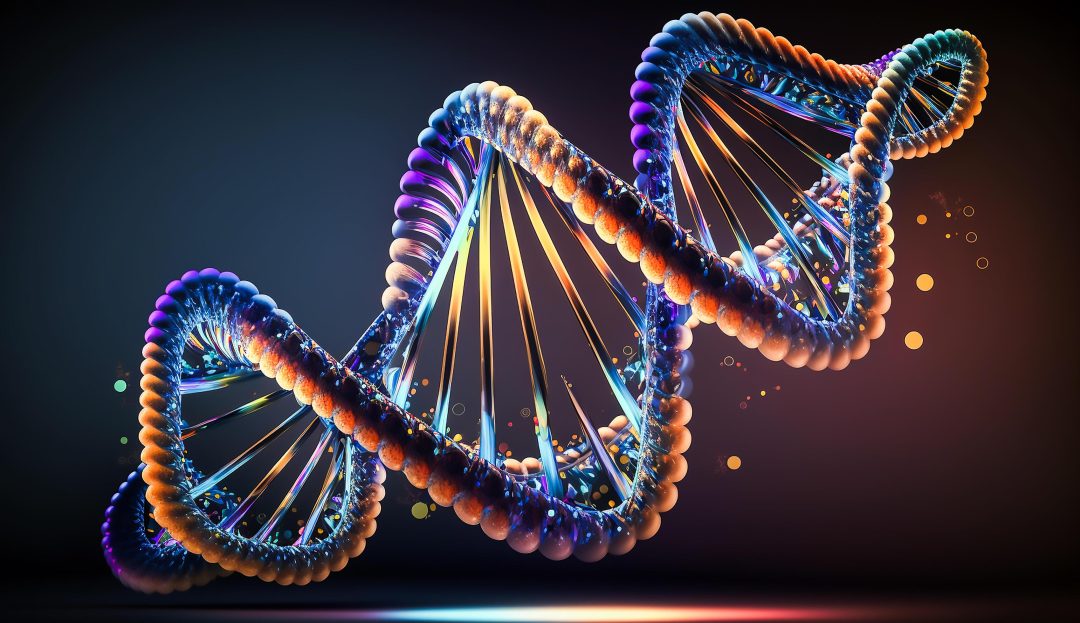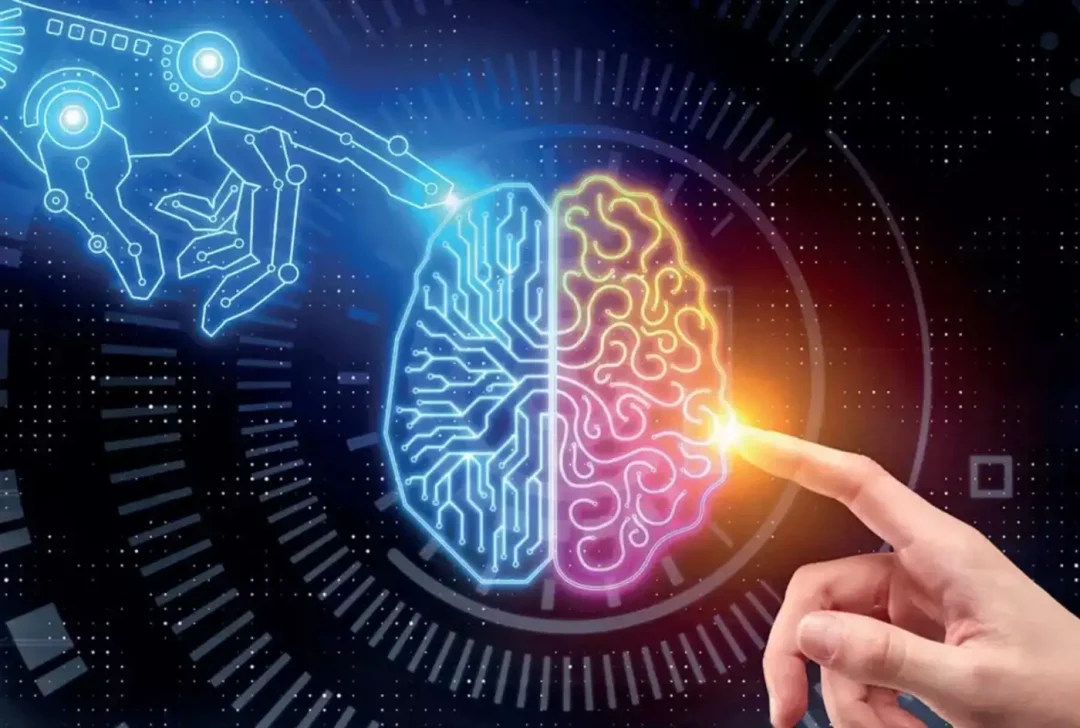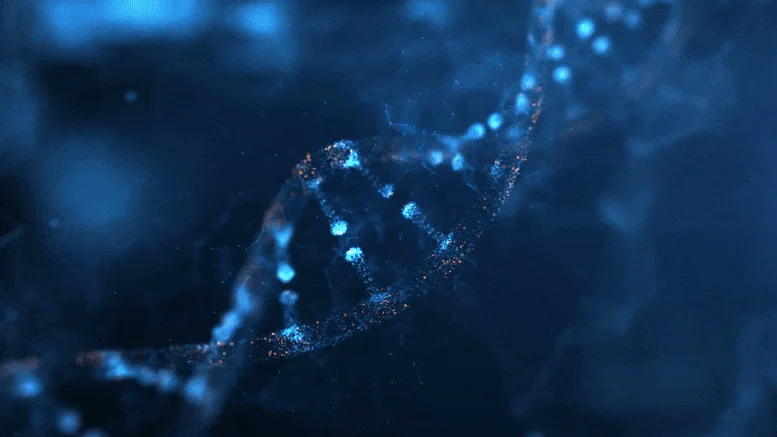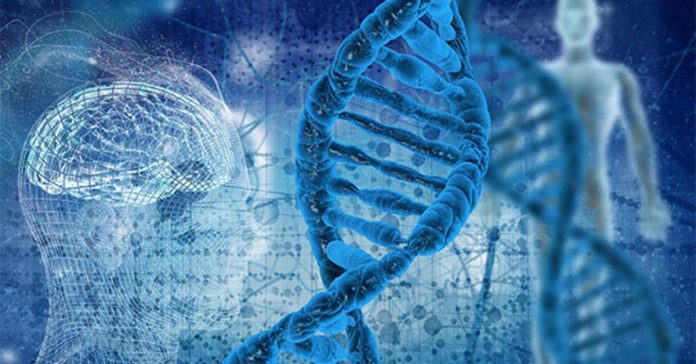A ghost population, an unknown group of ancient human ancestors, scientists have discovered, contributed roughly 20% of our genetic makeup. In a revelation from a groundbreaking study published on March 18, 2025, in Nature Genetics. Researchers from the University of Cambridge harnessed a cutting-edge genetic modeling technique known as “cobraa” to uncover this hidden chapter in our evolutionary saga. This discovery suggests that this “mysterious population” also enhanced our cognitive abilities.
Spector DNA

The innovative cobraa method empowers scientists to trace the intricate history of modern humans, or Homo sapiens, back to two primary ancestral groups: Population α and Population β. These groups diverged approximately 1.5 million years ago, setting the stage for a complex evolutionary journey. Population α faced a severe bottleneck shortly after this split, a drastic reduction in numbers that likely diminished its genetic diversity. Over time, it rebounded and became the progenitor of Neanderthals and Denisovans, our well-documented archaic cousins. Meanwhile, Population β remained an elusive entity until it reconnected with Population α around 300,000 years ago through intermixing. An event that left an indelible mark on our genome: 80% from Population α and 20% from Population β, the “ghost” population.
Phantom Intelligence

The ghost population’s influence extends beyond mere genetics to the very essence of human intelligence. Trevor Cousins, a postgraduate student in genetics at Cambridge and co-author of the study, highlighted those genes from Population β. Particularly those tied to brain function and neural processing. Detailed gene ontology analysis reveals that genomic regions enriched with Population β ancestry correlate with critical neurological processes. Such as neuron cell-cell adhesion, neurotransmitter transport, and synaptic transmission. These findings suggest a potential cognitive boost from this ancient mixing. However, the study also notes evidence of selection against much of Population β’s genetic material. Indicating that while some genes transferred advantages, others may posed challenges to fertility and health.
Identifying the Apparition

Who was this ghost population that gifted us a fifth of our DNA? Researchers don’t know, due the fact there’s no fossil evidence. Ghost being a term favored by experts like John Hawks, a biological anthropologist at the University of Wisconsin-Madison. Homo erectus and Homo heidelbergensis, species known to inhabit Africa and other regions during the relevant timeframe, aren’t linked to either Population α or β. Hawks emphasizes the significance of this finding. Noting to Live Science, “A deep African structure shared by everyone living today, not just a contribution to one group, but one big “ghost” that merged with the African source population for all modern humans.”
Ghost Finder Cobraa

The cobraa model surpasses earlier techniques like the Pairwise Sequentially Markovian Coalescent (PSMC). By accounting for structured population histories rather than assuming random mating over time. This approach reveals a “deep structure” in our ancestry. Where two or more distinct groups eventually converged to form the genetic foundation of modern humanity. Cousins asserts, “The idea of species evolving in clean, distinct lineages oversimplifies reality; genetic exchange likely played a major role in the emergence of new species”. This perspective aligns with emerging views in paleoanthropology, painting human evolution as a dynamic interplay of complex contributors.
A Genetic Mystery

The ghost population illuminates a vibrant thread into the tapestry of human evolution. Suggesting that our species emerged from a mysterious blend of ancient groups around 300,000 years ago. Near the dawn of anatomically modern humans, Population α’s bottleneck and subsequent fusion with Population β catalyzed the cognitive advancements that define us today. The physical remains of Population β elude us, but their genetic legacy endures in every living human. As Aylwyn Scally, a study co-author, reflects, “Our history is far richer and more complex than we imagined.” With tools like cobraa, we are only beginning to explore its vast depths.

